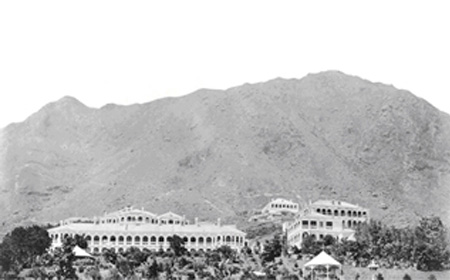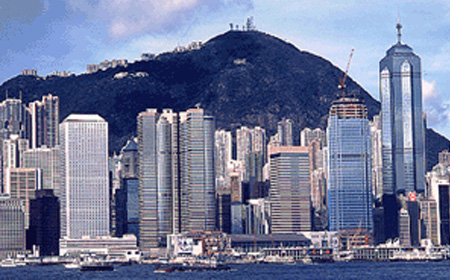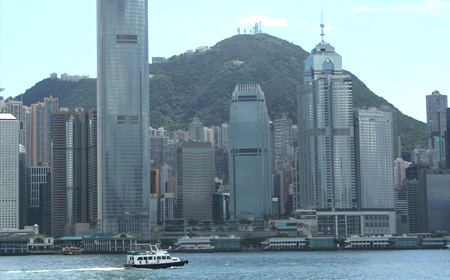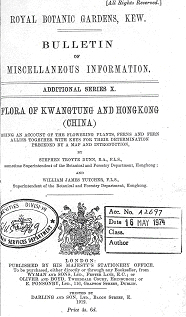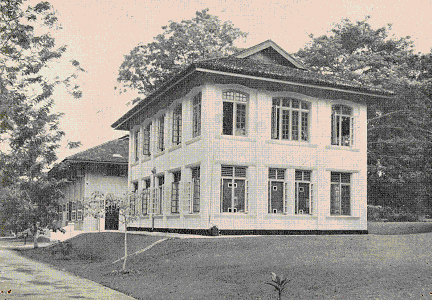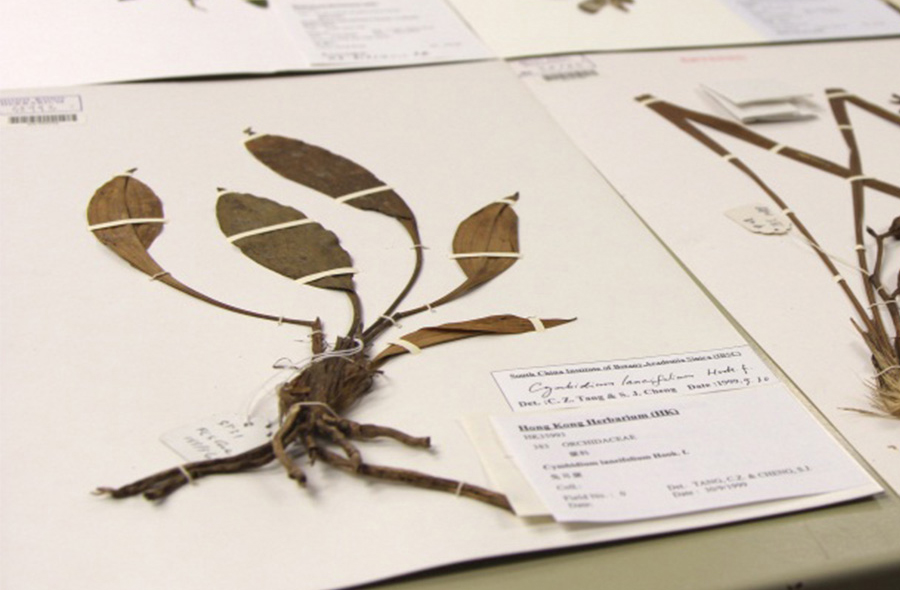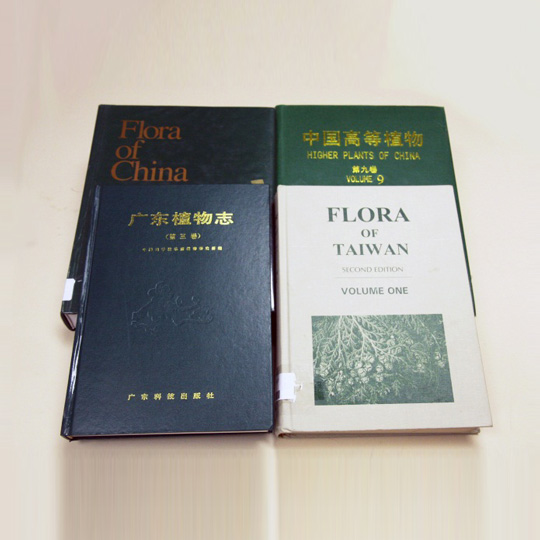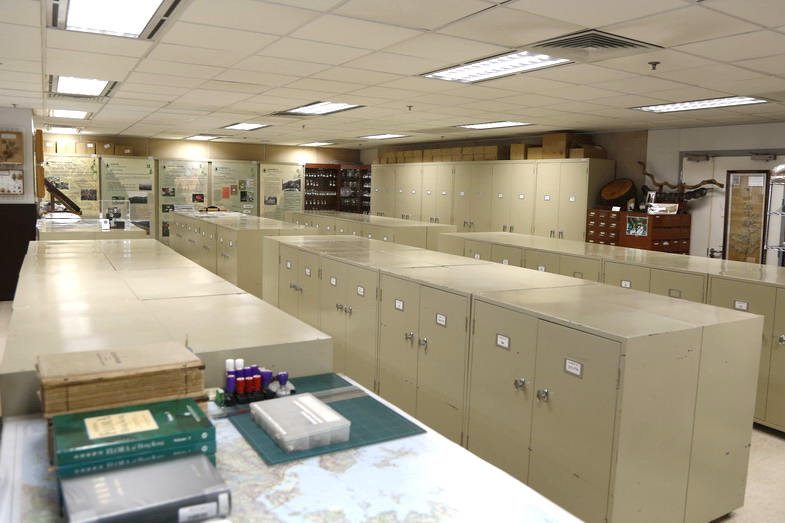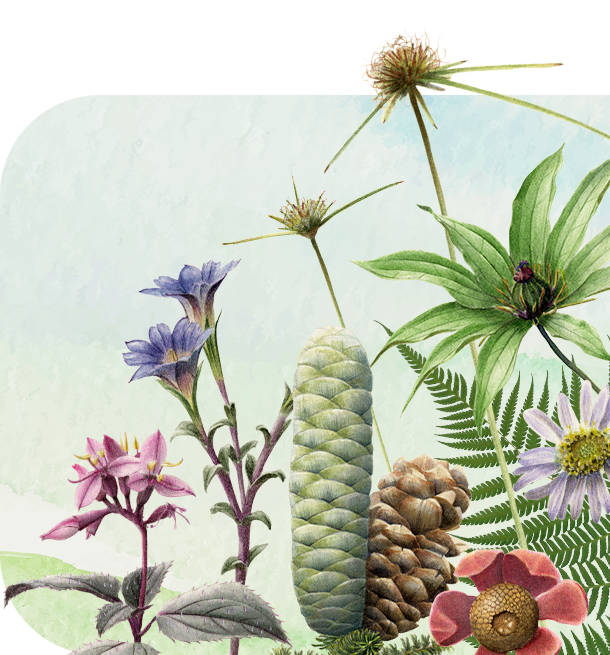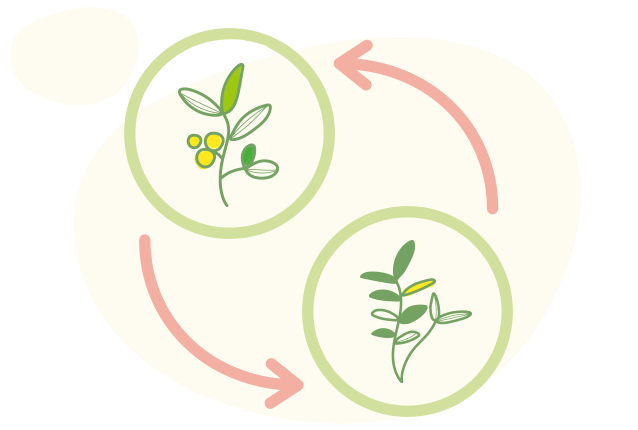The Herbarium has a reference library. Besides supporting the operation of the Herbarium, it is open to the public for studying the literatures, floras, text books and other reference materials on plant taxonomy. There are a number of classical reference materials in the library. These include:
- Flora Hongkongensis (1861)
- Flora of Kwangtung & Hongkong (China) (1912)
- Flora of Guangzhou (1956; in Chinese)
- An Enumeration of Philippine Flowering Plants (1925)
- Flora Australiensis (1878)
- Flora of India (1872-1897)
- Flora of Hong Kong, Vol. 1 – 4 (2007 – 2011) & Master Index (2012)
The collections also include recent relevant floras of the region:
- Flora Reipublicae Popularis Sinicae (in Chinese)
- Flora of China
- Iconographia Cormophytorum Sinicorum (in Chinese)
- Flora of China Higher Plants of China (in Chinese)
- Flora of Guangdong (in Chinese)
- Flora Hainanica (in Chinese)
- Flora Malesiana
- Flora of Taiwan
